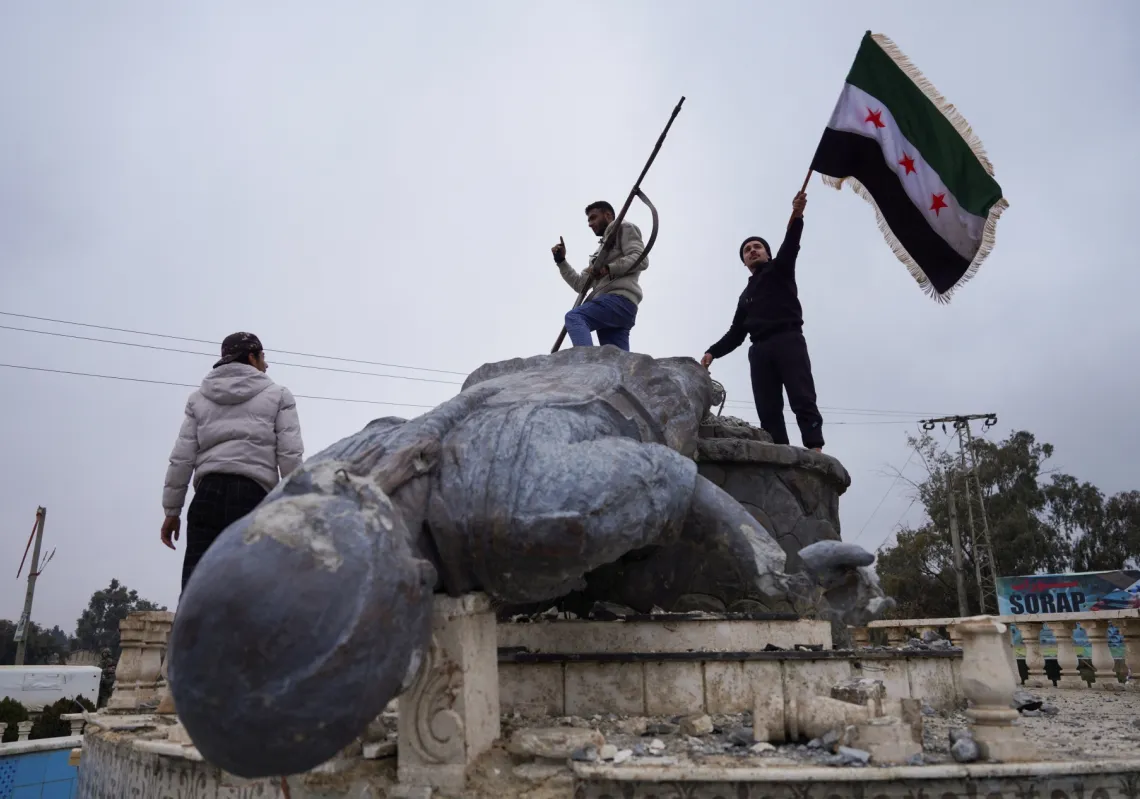Collaboration for a sustainable future
Regional collaboration is crucial for a sustainable and resilient future. From electricity grid interconnections to cross-border investments in renewable energy, working together is vital, particularly if regional states are to meet their renewable energy and net-zero targets.
MENA countries have pledged ambitious 2030 renewable energy targets that range from 15% of electricity generation in Kuwait to 50% in Saudi Arabia and 52% in Morocco.
These targets cannot be met without an interconnected electricity grid and an efficient electricity exchange market to improve grid stability, reduce the curtailment of electricity generated from renewable energy, and balance load and demand.
With continuous spikes in energy demand, cross-border grid interconnection will defer the need for significant power generation capacity additions.
An interconnected grid will also secure reliable electricity supply to countries increasingly struggling with blackouts, as well as post-conflict countries as they rebuild their power systems.
Collaboration must occur on multiple fronts, including financial, technological, resource and data sharing. MENA countries are extremely vulnerable to fiscal risks, with oversized public sectors and high reliance on oil revenues.
Oil price volatility threatens fiscal stability in exporting economies that depend on these revenues, and importing economies that rely on remittances from exporting countries. The external shocks and the global economic slowdown worsen these challenges.
Furthermore, most countries have chronically struggled to attract financing, including climate funding. Despite tapping into twelve climate funds, the region's approved total volume of climate financing is among the lowest globally.
Meanwhile, the capital expenditure required for the energy transition is massive and significantly increases when accounting for broader climate adaptation and mitigation measures.
Yet, in the wake of the oil windfalls post Russia's invasion of Ukraine, regional oil exporters, particularly in the Gulf Cooperation Council (GCC), are recording robust growth and advancements in economic diversification policies.

Read more: How Saudi Arabia is building a realistic roadmap for a circular carbon economy
Thus, collaboration can mind some of the financial gaps and remove market barriers in low and middle-income countries while allowing diversification and investment returns for high-income countries such as those in the GCC.
Resource diversity and energy access make another strong case for collaboration. MENA countries have abundant renewable energy resources; however, these resources are unevenly distributed across geographic locations, especially in the case of hydropower and geothermal energy.
Geothermal and some hydroelectric systems are vital for baseload power generation and should be a central part of renewable energy deployments. Geothermal can further power desalination plants and provide district cooling and could benefit from the region's petroleum producers' extensive drilling experience.
Leveraging these various renewable energy resources requires cross-border collaboration and optimisation of resources and technologies.
Moreover, extending energy infrastructure, especially through renewables, across borders from areas of abundant resources and better prospects for project bankability to low energy access areas in the least developed or conflict countries will increase the share of renewable energy and improve energy access.














